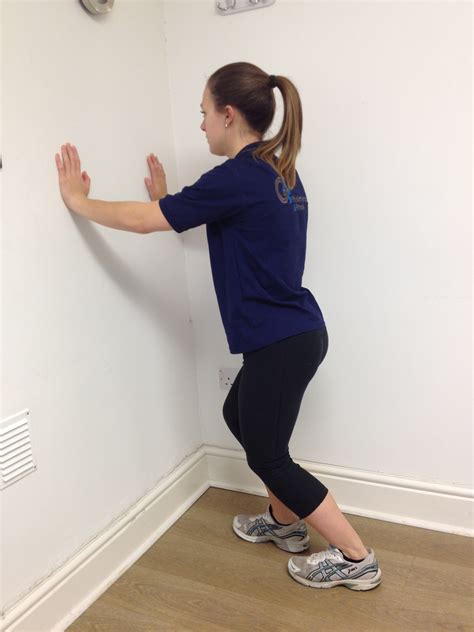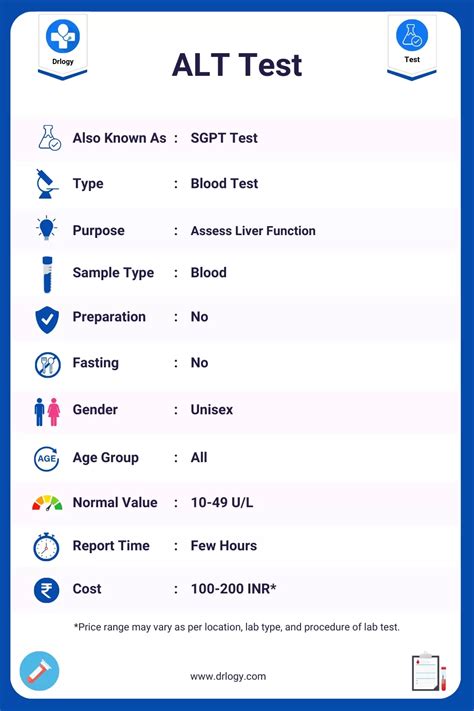The Achilles tendon, a crucial component of the human musculoskeletal system, plays a vital role in facilitating movement, particularly in activities that involve running, jumping, and quick changes of direction. However, this tendon, which connects the calf muscles to the heel bone, is also prone to injuries, most notably tendonitis and ruptures. One of the most effective methods for preventing such injuries and maintaining the flexibility and strength of the Achilles tendon is through stretching. In this article, we will delve into the importance of Achilles tendon stretches, explore various stretching techniques, and discuss how these exercises can be incorporated into a daily routine to promote overall ankle and foot health.
Understanding the Achilles Tendon
Before diving into the stretching techniques, it’s essential to understand the anatomy and function of the Achilles tendon. The Achilles tendon is the thickest and strongest tendon in the human body, measuring about 6 inches long. It is formed from the merger of the tendons of the two calf muscles - the gastrocnemius and soleus. The primary function of the Achilles tendon is to facilitate the transmission of forces from these muscles to the calcaneus (heel bone), enabling actions such as standing on tiptoes and pushing off the ground during walking or running.
Importance of Stretching the Achilles Tendon
Stretching the Achilles tendon is crucial for several reasons. Firstly, it helps to improve flexibility, which is essential for preventing overstretching or tearing of the tendon. Secondly, regular stretching can reduce muscle soreness and improve performance in athletes, particularly those involved in sports that require quick, powerful movements. Lastly, stretching can aid in the rehabilitation of Achilles tendon injuries by promoting healing, reducing pain, and restoring function.
Techniques for Stretching the Achilles Tendon
There are several techniques for stretching the Achilles tendon, each with its unique benefits and applications. Here are a few of the most common methods:
Wall Stretch: This is one of the simplest and most effective stretches for the Achilles tendon. To perform the wall stretch, stand facing a wall with one hand on the wall for balance. Step one foot back about a foot, keeping your heel on the ground. Slowly bend the front knee, keeping the back leg straight, until you feel a stretch in the back of your leg. Hold for 15-30 seconds and switch legs.
Step Stretch: The step stretch is another effective method for targeting the Achilles tendon. Find a stair or step, and stand on it with your heels hanging off the edge. Hold onto something for balance if necessary. Slowly lower your heels down until you feel a stretch in the back of your ankle. Hold for 15-30 seconds and repeat.
Calf Stretch with Strap: For this stretch, you will need a strap or towel. Sit on the floor with your leg straight out in front of you. Loop the strap around the ball of your foot and pull your toes back toward your shin until you feel a stretch in your calf and Achilles tendon. Hold for 15-30 seconds and repeat on the other side.
Active Isolated Stretching (AIS): AIS involves contracting the muscle opposite to the one being stretched and then lengthening it. For the Achilles tendon, you would first contract the muscles in the front of your shin (anterior tibialis) and then lengthen your calf muscles. This can be done by standing on the edge of a stair with your heels hanging off and then raising up onto your toes before slowly lowering back down.
Incorporating Achilles Tendon Stretches into Your Daily Routine
Incorporating Achilles tendon stretches into your daily routine can be simple and beneficial for preventing injuries and maintaining flexibility. Here are a few tips:
- Start Slow: Begin with gentle stretches and gradually increase the intensity as your flexibility improves.
- Be Consistent: Aim to stretch at least once a day, ideally after activity when your muscles are warm.
- Hold Correctly: Ensure you’re holding each stretch for the recommended 15-30 seconds to allow for maximum lengthening of the tendon.
- Combine with Strengthening Exercises: While stretching is crucial, so is strengthening the muscles around the Achilles tendon. Calf raises and heel raises can help in preventing injuries.
Common Mistakes to Avoid
When stretching the Achilles tendon, there are several common mistakes to avoid. These include:
- Overstretching: Be aware of your body’s limits. If you experience pain or severe discomfort, stop the stretch immediately.
- Insufficient Warm-up: Always ensure you’ve warmed up before stretching to prevent muscle strains.
- Poor Technique: Make sure to follow proper stretching techniques to target the correct muscles and tendons.
Frequently Asked Questions
What are the symptoms of an Achilles tendon injury?
+Symptoms of an Achilles tendon injury can include pain in the back of the ankle, swelling, and difficulty walking or standing on tiptoes. In severe cases, you may hear a pop or snap if the tendon ruptures.
How long does it take to recover from an Achilles tendon injury?
+Recovery time from an Achilles tendon injury can vary significantly depending on the severity of the injury. Mild cases of tendonitis may resolve within a few weeks, while ruptures may require surgical intervention and rehabilitation that can last several months to a year.
Can Achilles tendon stretches prevent injuries?
+Yes, regular stretching of the Achilles tendon can help prevent injuries by improving flexibility and reducing the stress on the tendon. However, it's just one part of a comprehensive injury prevention program that should also include strengthening exercises, proper footwear, and graduated training intensity.
Conclusion
In conclusion, stretching the Achilles tendon is a vital component of any exercise or athletic training program. By understanding the importance of these stretches, mastering various techniques, and incorporating them into your daily routine, you can reduce your risk of injury, improve your performance, and maintain the health and flexibility of your Achilles tendon. Remember, prevention and consistency are key, and with the right approach, you can enjoy your activities while minimizing the risk of Achilles tendon-related issues.



